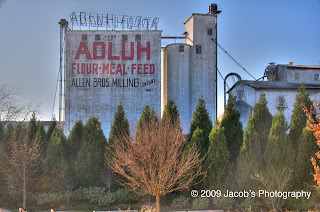
What is a prime lens? A prime lens, according to Wikipedia, "is either a photographic lens whose focal length is fixed, as opposed to a zoom lens, or it is the primary lens in combination lens system". In essence, a prime lens has no zooming capabilities it is only able to be focused. Prime lenses are great for many different applications. They can be used for portraiture, macro photography, sporting events, etc. Prime lenses range from around the 10 mm area to well above 200 mm. So you will be able to find a prime lens to suit your needs.
So now you are asking "Why should I own one?". Well if you are really into photography there are many reasons to own a prime lens but here are five reasons to get you started. 1. They are fun. 2. They are nostalgic, all of the original cameras came with nothing but prime lenses. 3. They have razor sharp focus. 4. They usually have large apertures somewhere around ƒ/1.4 or larger. So now you can take great pictures in low light without using a flash. 5. They are relatively inexpensive starting at around $150.00. So go out and get one of these great prime lenses and get to shooting.


